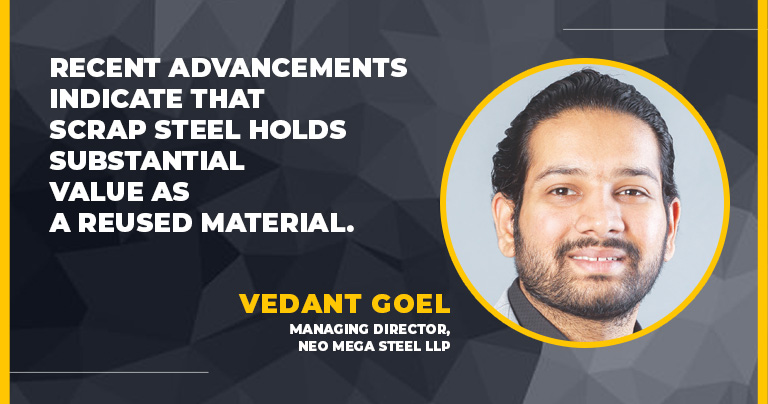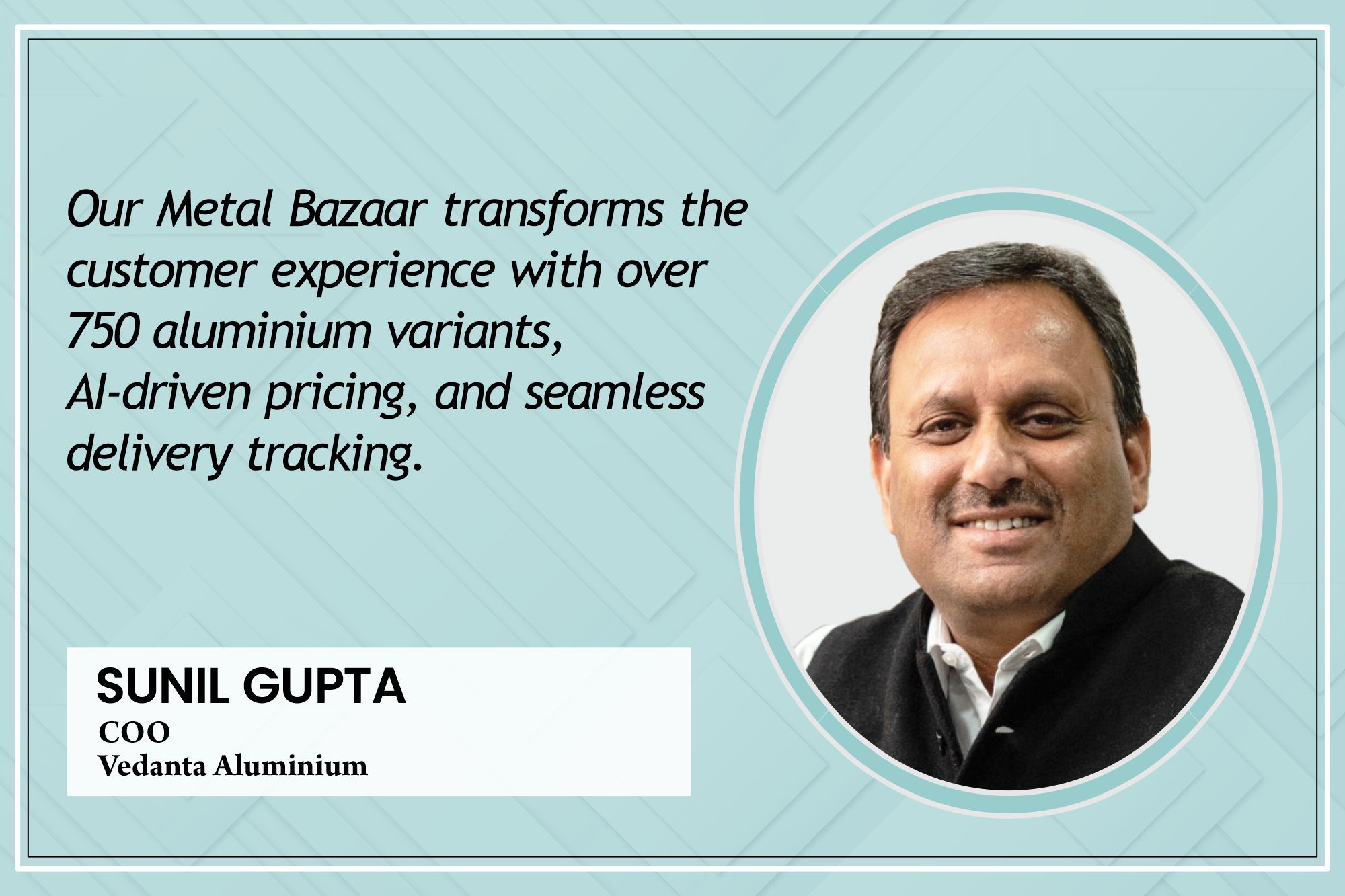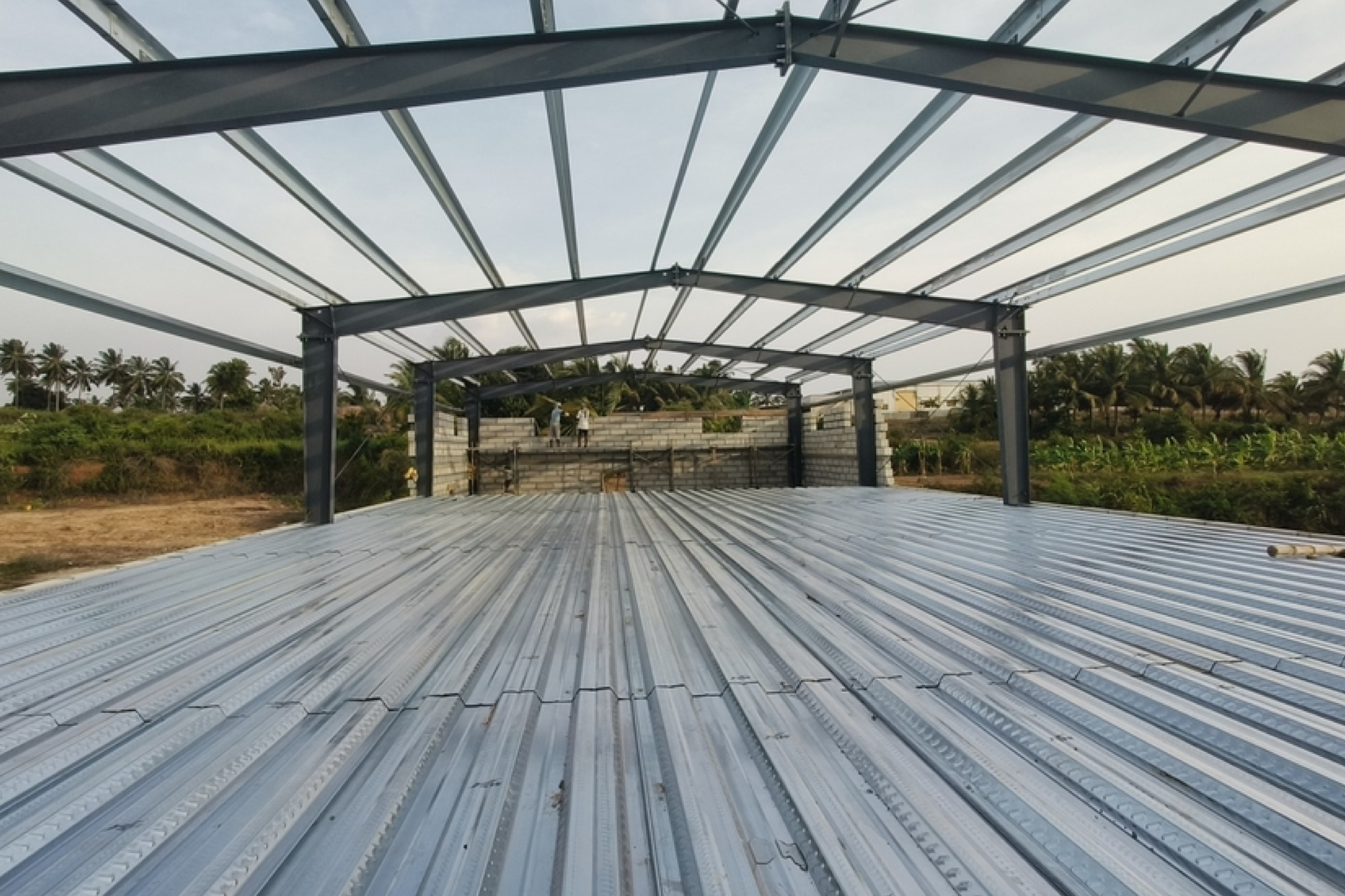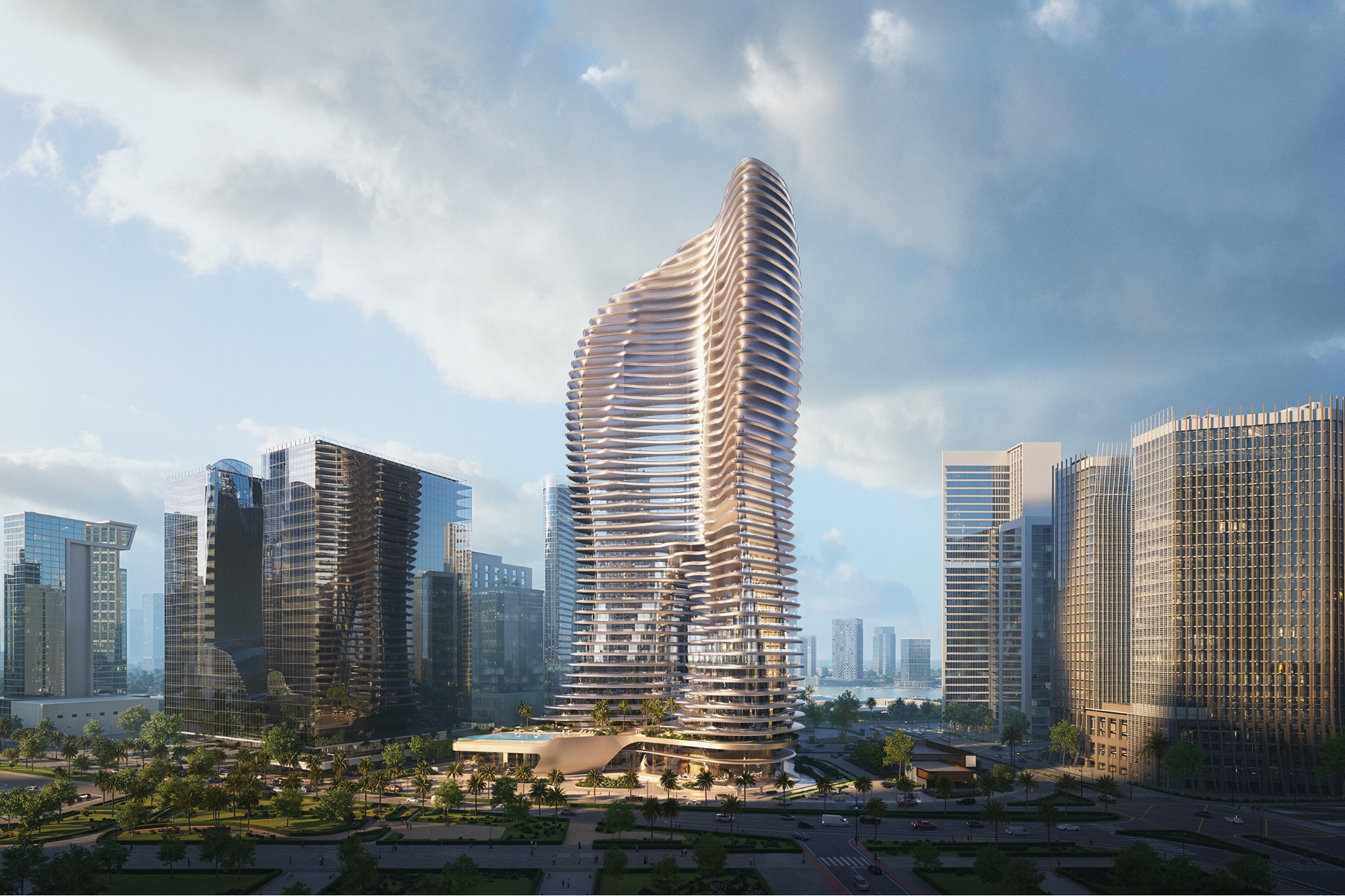India’s infrastructure projects boost steel demand; sustainable reuse encouraged
By Edit Team | April 15, 2023 4:55 pm SHARE

Technology has revolutionised the field of engineering. According to Vedant Goel, Managing Director of Neo Mega Steel LLP, this leads to reduced costs incorporated into the overall expense of structures.
What impact is the ongoing development of infrastructure projects in India having on the country’s demand for steel, and how is the steel industry responding to meet these needs?
The ongoing development of infrastructure projects in India, including roads, bridges, culverts, tunnels, and railways, requires structures that can withstand the test of time, given the country’s increasing dependence on heavier and faster vehicles. These structures rely on encased steel reinforcements like rods, plates, or angles to provide strength. With steel making up 1-4 percent of the wet volume of concrete and an allocation of ₹10 lakh crore this year, there will be a significant rise in India’s steel consumption shortly. Additionally, India’s expanding and modernising rail infrastructure, such as the dedicated rail corridor or conversion to a broad-gauge, bullettrain network, further drives the steel demand. If projections hold, India’s steel requirements will help boost its GDP to $ 5 trillion clubs in the coming years.
How do the quality and lifespan of structures impact the grade of steel and metal structures used?
The intended use and expectations determine the grade of steel used in structures. TMT steel, commonly utilised in construction and infrastructure, has unique features like strength, ductility, weldability, and corrosion resistance that have revolutionised the industry regarding the size and longevity of buildings and structures. TMT steel is available in various categories like Fe 415, Fe 500, Fe 550D, and Fe 600.

Do new-age designs for steel or metal structures come at a higher cost for customers? With technological advancements in engineering, costs associated with new-age designs for steel and metal structures have decreased, ultimately absorbed into the overall cost of the structure. New-age designs offer benefits such as the quick construction of impressive metro stations that have long-lasting durability, low maintenance requirements, and adherence to strict standards. Additionally, these designs are cost-efficient and superior to other materials like RCC.
When considering cost efficiency, how does it impact the quality of production overall?
India’s steel industry produces various variants at competitive prices due to the right technology, product demand, and competition. The recent introduction of the Production-Linked Incentive (PLI) by the government will aid in maintaining the industry’s competitiveness.
How does steel provision impact project procurement and deadlines? Steel providers are established steel sources in various forms and substantial quantities, making procurements and deadlines a non-issue for them. The only potential concern is unexpected plant breakdowns or supply chain disruptions, such as obtaining ore or coal, which they address accordingly.
From a sustainable perspective, how do you view the government’s promotion of metal scrap reuse?
Recent developments highlight the significant value of used steel in the form of scrap, such as the dismantled British-era railway bridge in Mumbai sold for scrap and the entire stolen bridge in Bihar. The government’s promotion of metal scrap reuse is economically viable and a sustainable option that generates employment opportunities at every stage, from procurement to selling.
For more details visit: https://www.megasteelmumbai.com/
Cookie Consent
We use cookies to personalize your experience. By continuing to visit this website you agree to our Terms & Conditions, Privacy Policy and Cookie Policy.




































































